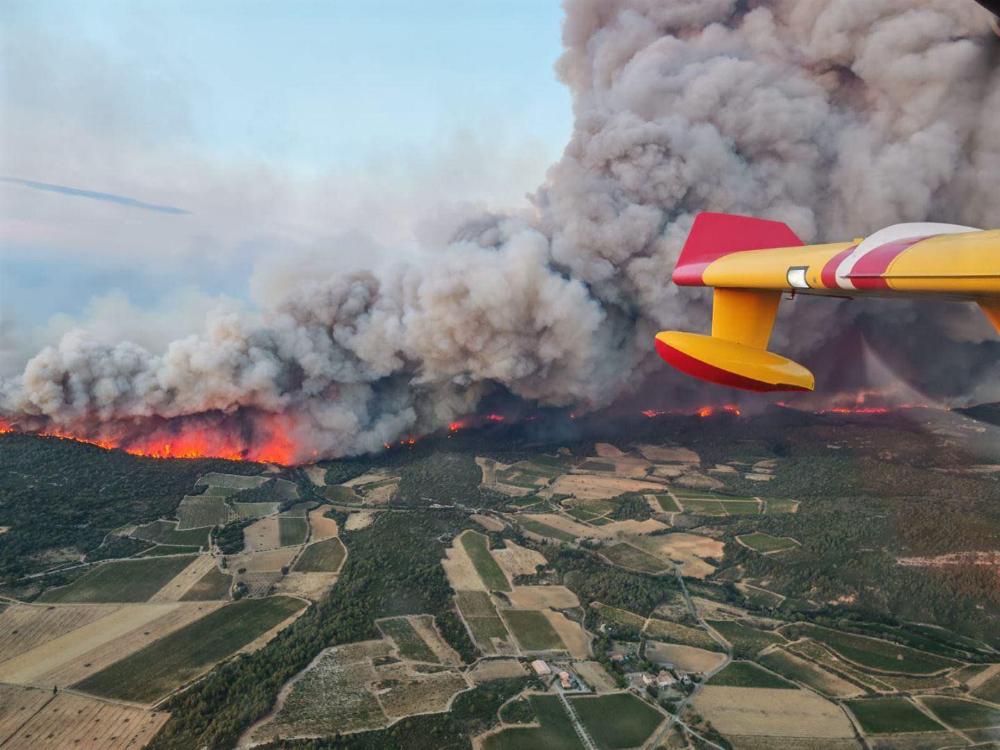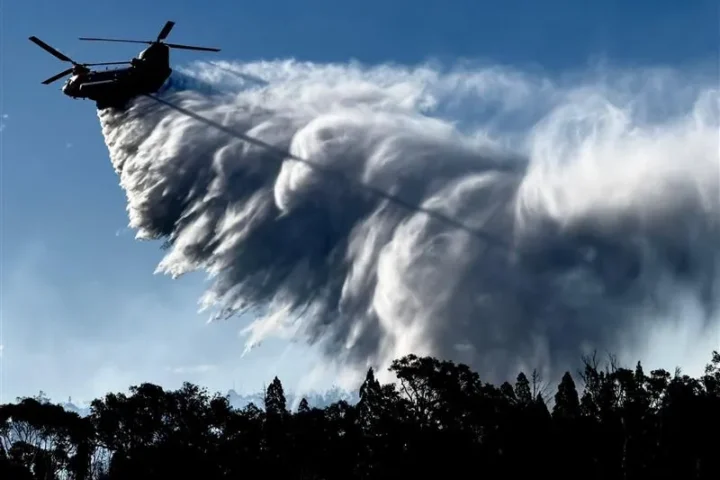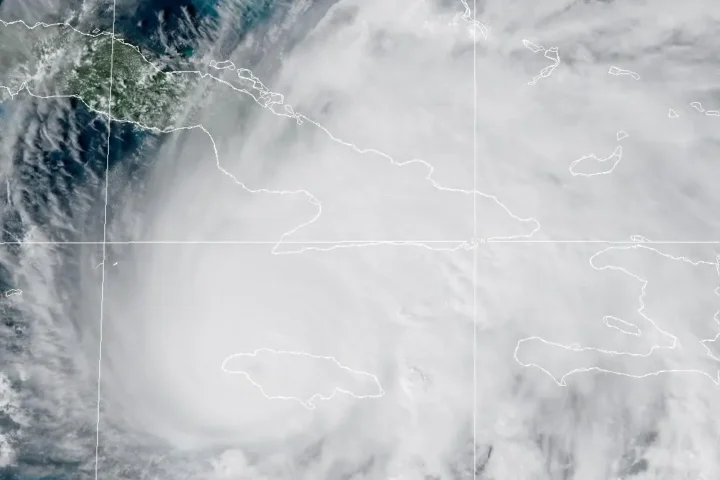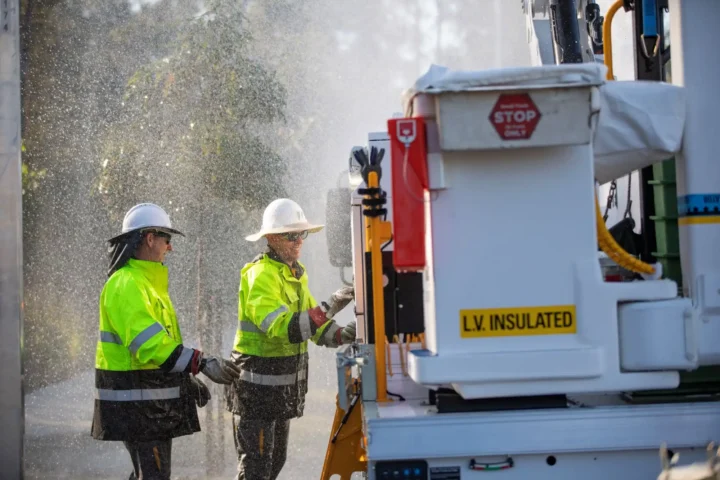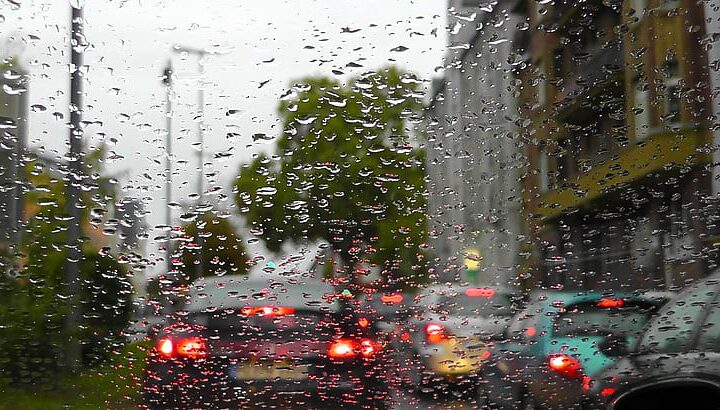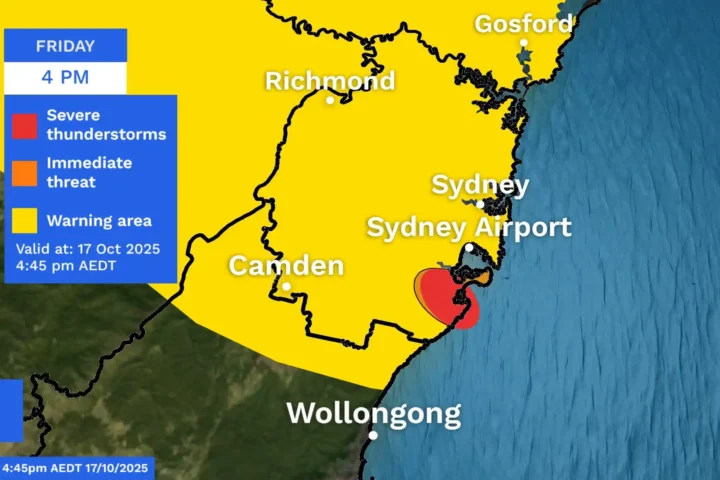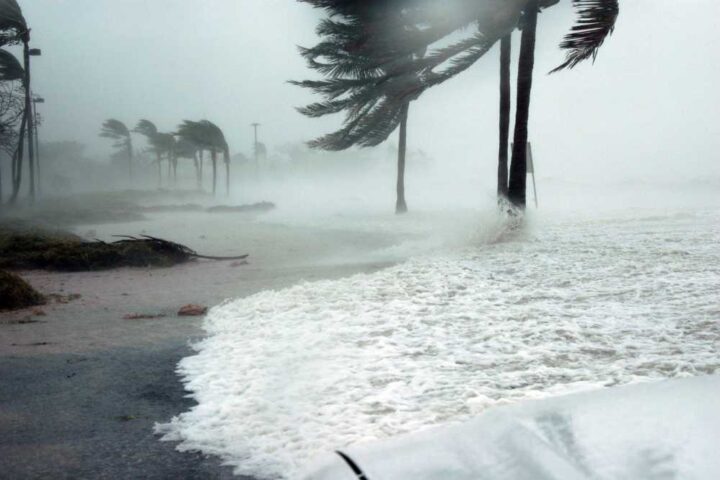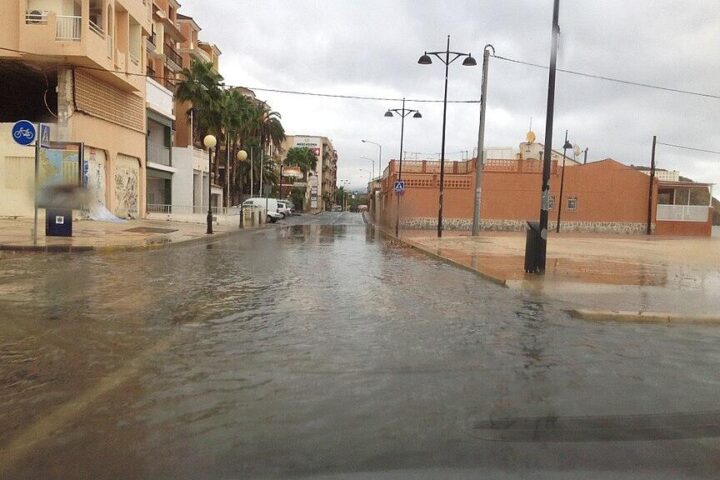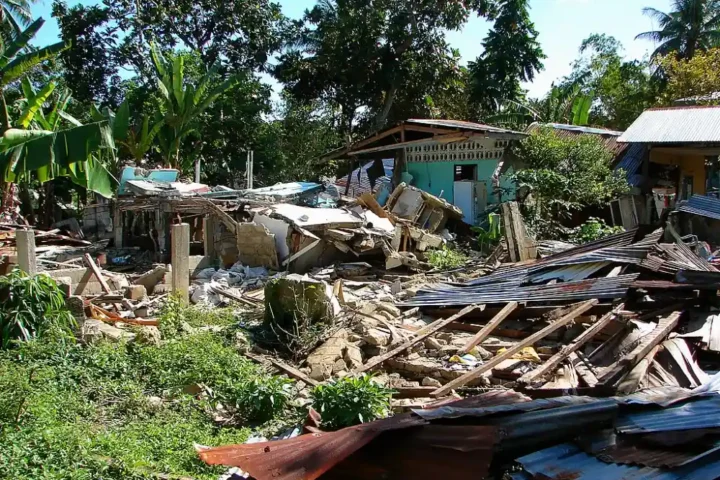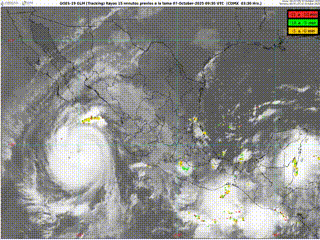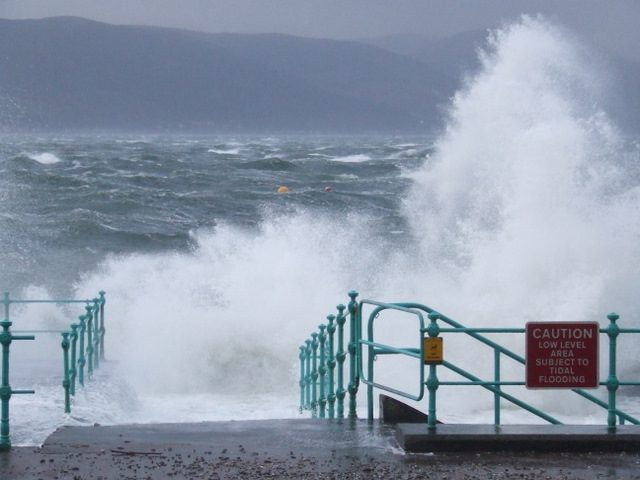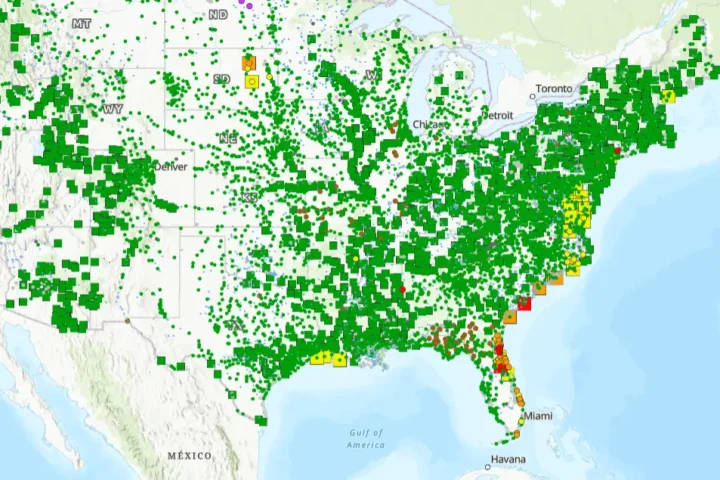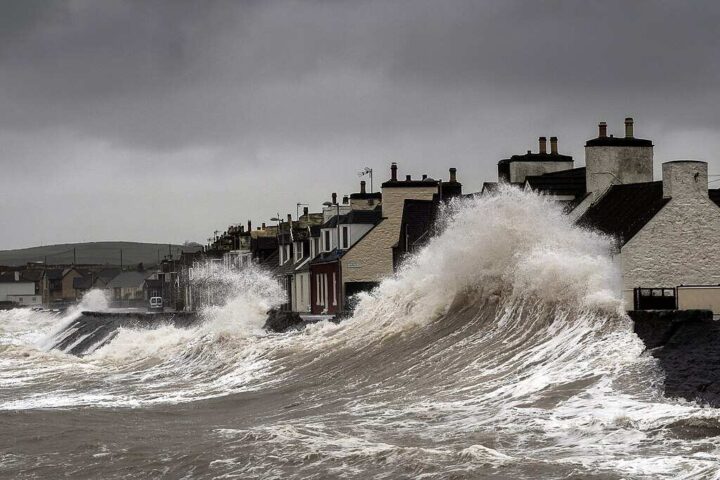A destructive wildfire tore through France’s Aude region Tuesday, consuming 13,000 hectares of the Corbières landscape – an area exceeding Paris in size. At the same time, flames erupted near Tarifa in southern Spain, forcing mass evacuations from popular tourist destinations during peak season.
Aude Wildfire: One Dead as Flames Advance at 5.5 km/h
The fire ignited shortly before 4:20 p.m. local time on August 5 near Ribaute in the Corbières massif. Fueled by parched vegetation and winds with gusts up to 60 km/h, the fire front advanced relentlessly through the night, growing from about 4,500 hectares at 9 p.m. to 13,000 hectares by Wednesday morning.
An elderly woman died in Saint-Laurent-de-la-Cabrerisse after refusing to leave her home despite evacuation attempts. Nine others suffered injuries – two civilians (one critically burned) and seven firefighters, with two requiring hospitalization. One person remains missing.
The fire has damaged or destroyed 25 homes. Approximately 2,500 households lost power as the flames swept through 15 municipalities in the drought-stricken region.
“The fire remains very active and weather conditions will still be adverse,” warned the Aude prefecture Wednesday morning as firefighters continued their battle against what has become France’s largest wildfire this summer.
Massive Response: 2,000 Firefighters and Aerial Assault
About 1,800 firefighting personnel have deployed to combat the Aude blaze, supported by an aerial fleet including water bombers and helicopters. These specialized aircraft can drop thousands of liters of water or fire retardant in a single pass.
The firefighting strategy involves both direct and indirect attack methods – attempting to create containment lines while protecting structures and infrastructure. Crews face challenging conditions with temperatures exceeding 30°C and humidity levels dangerously low, creating perfect fire weather.
Photographs show helicopters dropping water over Jonquières and Canadairs releasing fire retardant near Fontjoncouse as smoke columns visible from the Mediterranean coast rise above the burning landscape.
Tarifa Blaze: Tourists Flee as Flames Threaten Spanish Coast
Meanwhile in Spain, a separate wildfire erupted Tuesday around 4:58 p.m. near Camping Torre de la Peña in Tarifa, a popular tourist destination known for its beaches and windsurfing. The fire apparently started in a motorhome and spread rapidly, fueled by strong Levante winds characteristic of the Gibraltar region.
Authorities quickly activated Level 1 emergency protocols under Andalusia’s Plan Infoca. The flames threatened hotels, campsites, and beach establishments along Valdevaqueros beach, forcing a massive evacuation operation.
Over 1,500 people were evacuated, and authorities coordinated the movement of more than 5,000 vehicles away from danger zones. The N-340 coastal highway was closed and later partially reopened late Tuesday.
“It’s a tragedy,” said José Antonio Santos, Tarifa’s mayor, noting the fire struck during peak tourist season when accommodations were fully booked. Several campsites were affected by the flames.
Similar Posts
Coordinated Emergency Response in Spain
Spain’s firefighting response has deployed 17 aircraft alongside dozens of ground crews. The Andalusian authorities established emergency shelters at La Marina sports pavilion and Inturjoven youth hostel in Tarifa, where the Red Cross provides mattresses and essential supplies.
People needing critical items like medication can access their lodgings with security escorts through information points set up in La Marina and Facinas. This coordinated response has prevented casualties despite the fire’s rapid spread through a heavily populated tourist area.
Antonio Sanz, Andalusia’s Minister of the Presidency, praised the emergency services’ coordinated response, including Plan Infoca, security forces, and the Red Cross. Progress in containing the southern portion of the fire, where hotels and campsites are located, has been “quite favorable” according to officials.
Mediterranean Fire Ecology and Climate Factors
Both blazes exemplify the increasing wildfire threat facing Mediterranean ecosystems. According to the European Forest Fire Information System, over 227,000 hectares have burned across Europe so far in 2025 – more than double the long-term average.
The Aude region has become increasingly vulnerable to catastrophic fires due to multiple factors: prolonged drought reducing fuel moisture content, the removal of vineyards that once served as natural firebreaks, and shifting land management practices.
These intense fires, burning with unprecedented speed and intensity, follow earlier blazes that swept through southern France in July 2025, destroying homes and forcing evacuations in Bouches-du-Rhône, Gard, and Hérault departments.
Travel Impacts and Safety Measures
For travelers in the affected regions:
- Gibraltar Airport remains operational, but tourists should monitor official updates
- Authorities advise avoiding the N-340 road zone near Tarifa
- Those with accommodation bookings should contact providers before traveling per Andalusian tourism board
- Emergency information points provide guidance for displaced visitors
Firefighting operations continue in both locations, with officials focused on preventing further spread while atmospheric conditions remain challenging.
The fires have burned through landscapes, disrupted communities, and created widespread evacuation zones across these popular Mediterranean destinations. Fire crews continue working to establish control lines and protect remaining structures as the situation develops.
Long-Term Environmental Consequences
Beyond the immediate crisis, these wildfires will have lasting environmental impacts. Research shows that wildfire-affected watersheds can suffer contamination for up to eight years, with sediment levels in streams reaching 2,000 times higher than normal.
Climate scientists have also linked the increasing frequency and intensity of Mediterranean wildfires to broader climate patterns. A recent study confirmed that last summer’s heat was the warmest in 2,000 years, creating ideal conditions for wildfire ignition and spread.

The twin blazes in France and Spain join other recent fire emergencies across the Mediterranean basin. In early July 2025, several wildfires broke out in Turkey’s Izmir province, with large clusters burning near the Aegean coastal town of Cesme and Odemis, forcing evacuations of thousands.
According to climate expert Serge Zaka, who studies climate and agriculture, we can expect wildfire seasons to expand into autumn months and spread geographically to regions previously less affected by major fire events, a concerning trend for fire management agencies across southern Europe.
